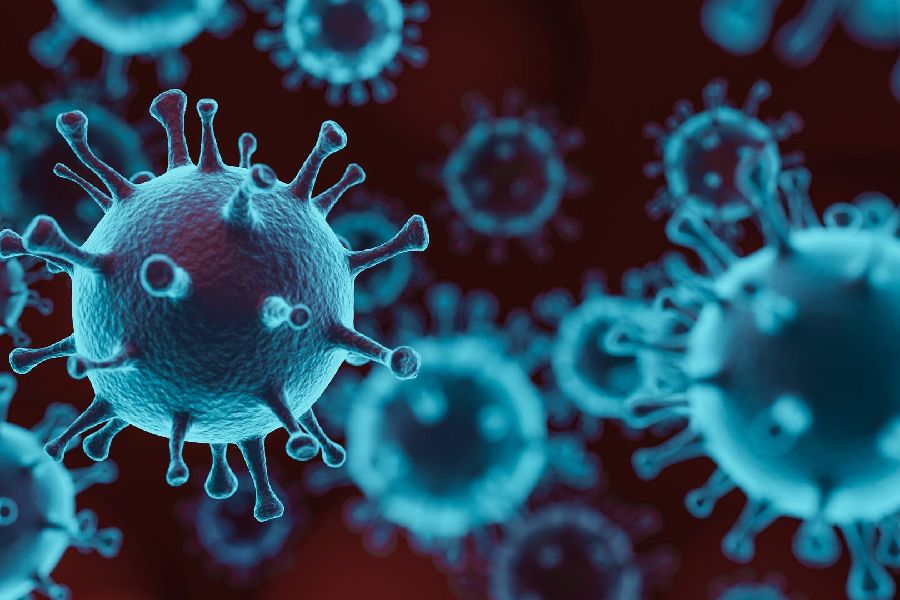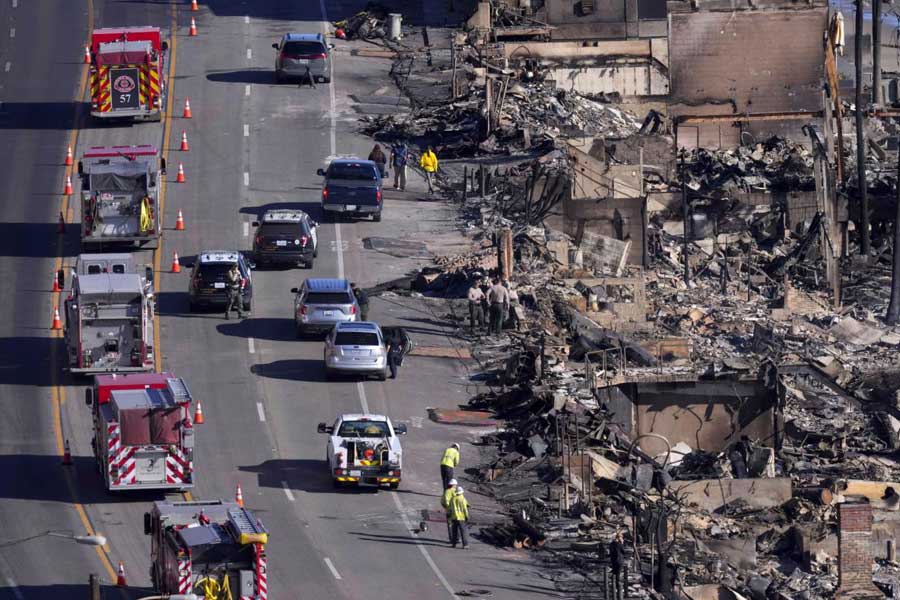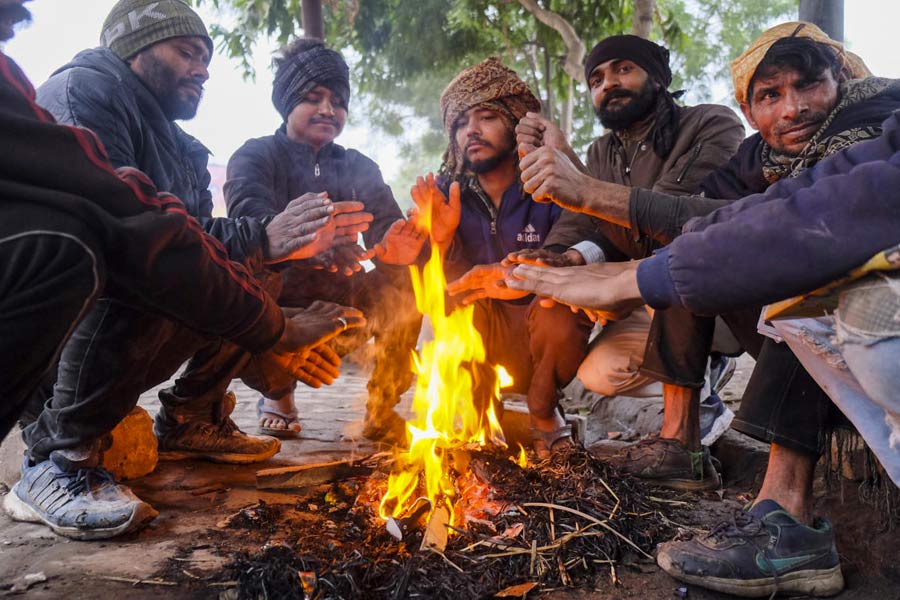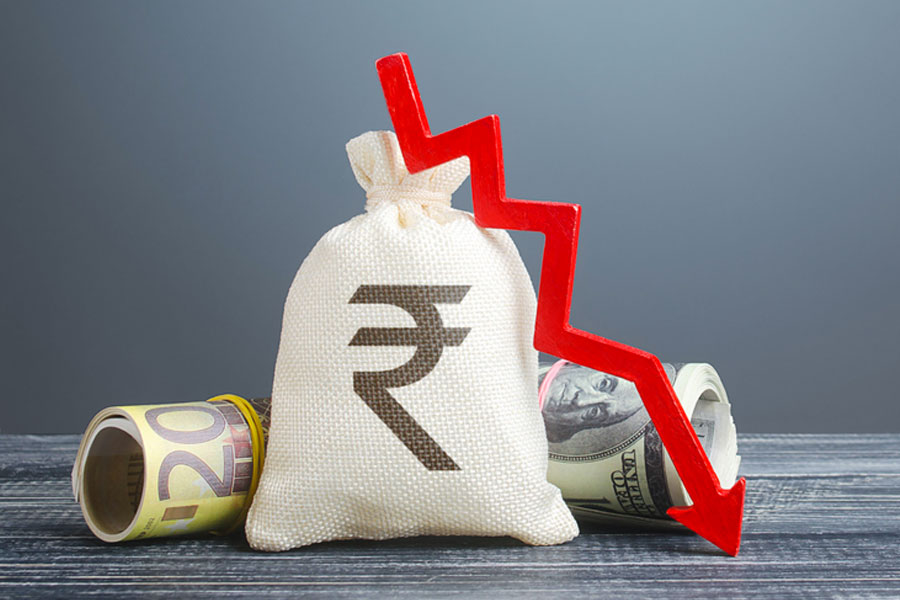This month, many colleges around the country plan to welcome back thousands of students into something they hope will resemble normal campus life.
But they face challenges unlike any other American institution — containing the coronavirus among a young, impulsive population that not only studies together, but lives together, parties together, and, if decades of history are any guide, sleeps together.
It will be a hugely complex and costly endeavour requiring far more than just the reconfiguring of dorm rooms and cafeterias and the construction of annexes and tent classrooms to increase social distancing. It also crucially involves the creation of testing programs capable of serving communities the size of small cities and the enforcement of codes of conduct among students not eager to be policed.
Who will be tested for the coronavirus and how quickly can they get results? Will mask wearing be mandated? And what will happen to tailgating, keg parties and sneaking into your partner’s dorm room? Colleges are mapping strategies as varied as the contrasting Covid regulations enacted by the states, reflecting the culture and leadership of their schools.
Syracuse is vowing to play the strict parent, requiring students to sign codes of conduct with penalties for violating Covid-19 rules more severe than the punishment for smoking marijuana. But the University of Kentucky is presenting a lenient front, adopting honour codes that urge students to “promote personal responsibility and peer accountability.”
And the University of Texas-Austin has prohibited students from holding parties on or off campus, banned overnight guests in dorm rooms and warned students that they can be disciplined for “purposefully invading the personal space of others”, at least without a face mask on.
All of these efforts are coming at great cost, potentially adding more than $70 billion to the budgets of the nation’s 5,000 colleges. Yet college administrators say giving their constituents — students and their families — at least a taste of college life is worth it, if done in the safest possible way. Whether those constituents agree is an open question, and complaints about tuition have led a growing number of schools to offer rebates.
It is still possible that the frantic planning will come to naught. Almost daily, universities that had released detailed plans for in-person classes this semester have reversed themselves and said they will go almost entirely online.
On Friday, the University of Pennsylvania became the latest, announcing that almost all undergraduate classes would be taught online and that undergraduates returning to Philadelphia, regardless of whether they were living on or off campus, would have to take a minimum of two Covid tests to participate in any Penn activities this autumn.
“We have learned how to close safely,” Hiram Chodosh, president of Claremont McKenna College, a liberal arts school in Claremont, California, said. “But the big question now is, can we open safely?”
Testing capacity, a problem in communities throughout the country, varies widely among schools and could play a major role in whether they can remain open during an outbreak.
Big schools, from Syracuse University to the University of California, San Diego, that have connections to labs, health programmes or medical schools say they are capable of processing large numbers of Covid tests in 24 to 48 hours.
In a typical big-school plan, the University of California, Berkeley, will test all residential students within 24 hours of their arrival, for free, using either a standard nasal swab or a saliva test being developed by an internationally renowned genomics research lab on campus.
Students will subsequently be sequestered for 7 to 10 days, leaving their single dorm rooms only to go (masked) to the bathroom or to pick up a meal from a central location in the building or outside, then retested. If they test positive, they’ll be isolated in a special dorm. (Some schools hope to create supportive communities, along the lines of an old-fashioned TB sanitarium, for students who test positive.) After that, everyone living on campus will be tested regularly, twice a month, if the spit test proves to be accurate enough.
New York Times News Service











